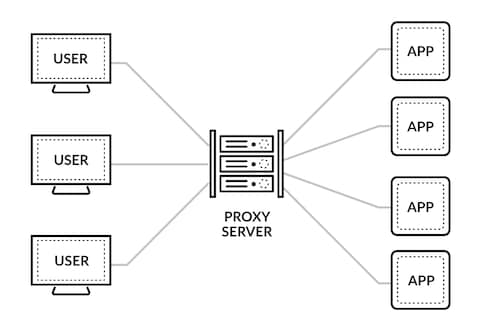
A proxy server is a gateway - it ensures that you are a registered user and then routes you to subscription content (i.e. books, articles, videos that the library owns/leases)

Permalink example:
This is a permanent link to a library database:
https://login.proxy156.
nclive.org/login?url=https://www.proquest.com/scholarly-journals/learning-work-small-businesses/docview/237075787/se-2?accountid=14024
Regardless of the database or type of source, a permanent link will always have the following prefix:
https://login.proxy156.
nclive.org/login?url=
Sharing a link to a good library book or article is as simple as copying and pasting the address bar of your browser, right? Not quite! Most library resources are subscription-based and secured with a proxy server. A permalink (a.k.a. permanent link or permanent URL) contains a URL prefix (it goes before the URL that is unique to the resource) that prompts the user to log into St. Andrews network. If you merely copy what's in the address bar, the person receiving the link will get an error message.
In many databases, there is a button that says 'Permanent Link', "Permalink', or 'Permanent URL'. This is a link to the resource PLUS the proxy server info info that makes you use the St. Andrews gateway. In some cases, there's simply a 'Share' button , like in ProQuest databases.